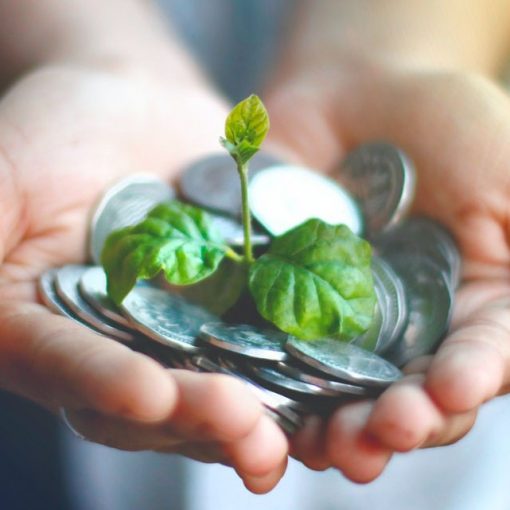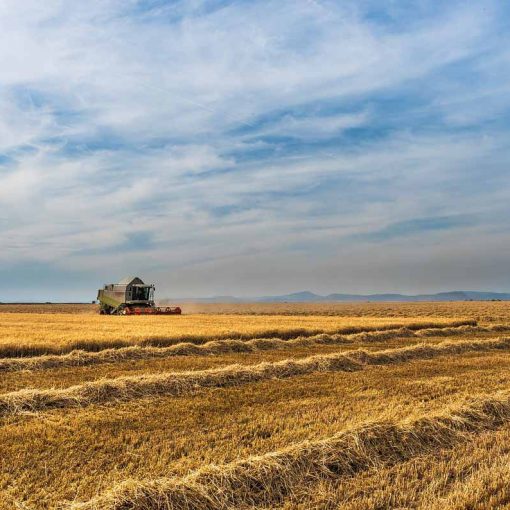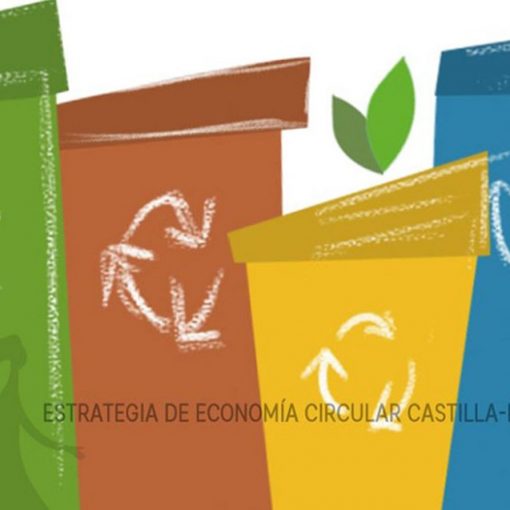The transition from a high-carbon to a low-carbon energy system is inevitable. To decrease the carbon emissions, the key lies in energy demand reduction, energy efficiency improvement and decarbonization technologies use, e.g. renewable energy and digitalization. (World Economic Forum 2019) For instance, industry accounts for 25% of the EU total energy consumption (European Environment Agency 2020). At the same time, small and medium-sized enterprises (SMEs) represent 99% of all businesses in the EU ( European Commission 2020). SMEs’ potential for energy efficiency and renewable energy use stays untapped and their change in energy behaviour, therefore, plays an essential part in the shift towards a low-carbon economy.
Interregional workshop on Energy Support Mapping
Two Interreg Europe funded projects, both addressing the topic of low-carbon economy, have created a joint local stakeholder group to support the development in the Päijät-Häme region. RESINDUSTRY focuses on renewable energy sources in the industry, and SME POWER’s target is energy efficiency in non-energy intensive SMSs. The benefits of such mutual support and cooperation were presented to the participants of the SME POWER interregional workshop held in Heinola and Lahti on 19-20th February 2020. Also, the RESINDUSTRY project was invited to join the meeting and introduce the project’s aims and goals to the audience.
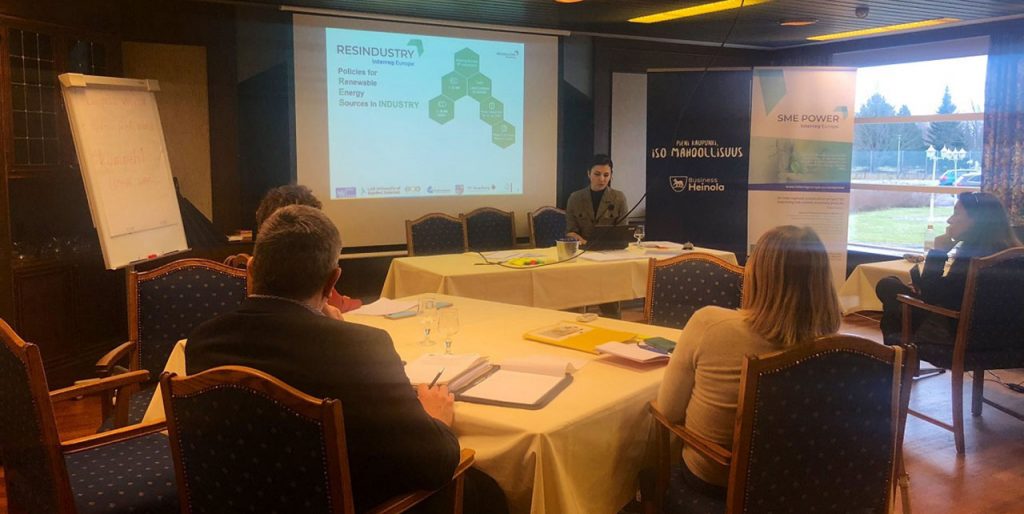
The objective of the first day of the workshop was to present the initial findings related to Energy Support Map, an available energy support system for SMEs to invest in a low-carbon future in all partner regions. The workshop was organised as a speed date meeting between two regions.
The regions were changed in regular intervals so that at the end, all regions discussed their results with all partners. This speed date method enabled the partners to gather external perspectives on own mapping of policy instruments, and to discuss their strengths and weaknesses. Moreover, some partners got inspired by other regions for possible improvements to be implemented back in the home regions.
Improvements were foreseen in increased awareness and better communication among the business and industry sectors. Also, process simplification when applying for energy efficiency related subsidies, its submission and less bureaucracy were pointed out several times. These are regarded as the biggest obstacles for SMSs due to a lack of resources, knowledge and time.
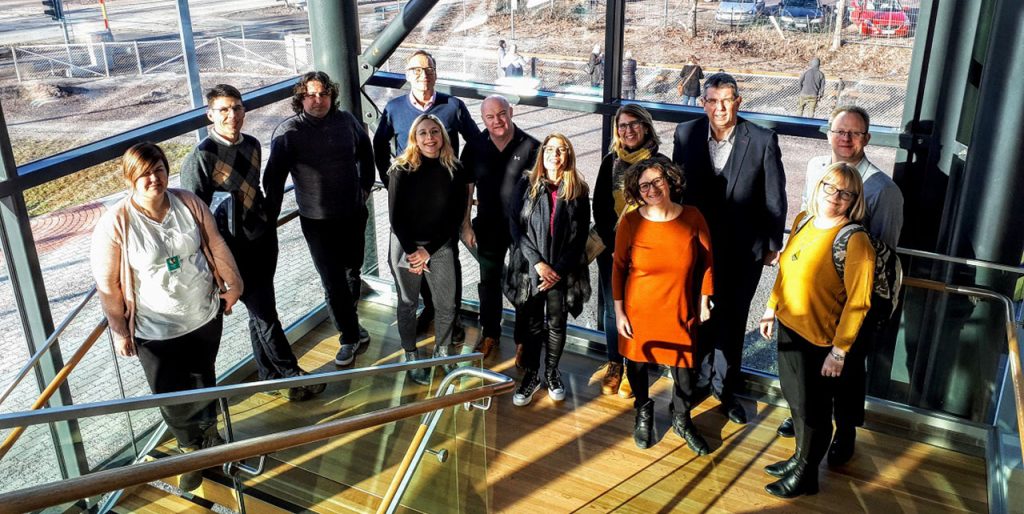
Playful approach to learning
The second day took place at the LAB University of Applied Sciences campus with focus on Good Practices. One of the Interreg Europe project outcomes is to recognize good examples already proven in practice that could be easily adapted and transferred to other partner regions or within the EU. Some of the Good Practices identified in the region of Päijät-Häme could be beneficial for both projects, some may be specific to only one of the projects. Playing a game and identifying an imaginary Good Practice in three different groups contributed to a better understanding of what kind of information is required and how to prefill data into a template. In the end, all groups voted for the best imaginary example and discussed the reasons behind their voting.
The identified Good Practices will inspire all regions when creating their Action Plans to improve the regional policies and pave the way towards low-carbon economy.
Written by Katerina Medkova who works as an RDI specialist at LAB University of Applied Sciences and is the RESINDUSTRY Project & Communication Manager.
References:
European Commission. 2020. What is an SME?. [Cited 22 Feb 2020]. Available at: https://ec.europa.eu/growth/smes/business-friendly-environment/sme-definition_en
European Environment Agency. 2020. Final energy consumption by sector and fuel in Europe. [Cited 22 Feb 2020]. Available at: https://www.eea.europa.eu/data-and-maps/indicators/final-energy-consumption-by-sector-10/assessment
World Economic Forum. 2019. A low-carbon energy world is dawning – but we must move even faster [Cited 24 Feb 2020]. Available at: https://www.weforum.org/agenda/2019/01/a-low-carbon-energy-world-is-dawning-but-we-must-move-faster/
Links:
Interreg Europe. 2020a. Good practices from Interreg projects and beyond. [Cited 24 Feb 2020]. Available at: https://www.interregeurope.eu/policylearning/good-practices/
Interreg Europe. 2020b. Project Summary. RESINDUSTRY. [Cited 22 Feb 2020]. Available at: https://www.interregeurope.eu/resindustry/
Interreg Europe. 2020c. Project Summary. SME POWER. [Cited 22 Feb 2020]. Available at: https://www.interregeurope.eu/smepower/
Interreg Europe. 2020d. What is Interreg Europe?. [Cited 22 Feb 2020]. Available at: https://www.interregeurope.eu/about-us/what-is-interreg-europe/
Picture:
Picture 1. Seamus Mc Cormack: SME POWER Interregional Worksop in Heinola on 19.2.2020. [Cited 22 Feb 2020]

